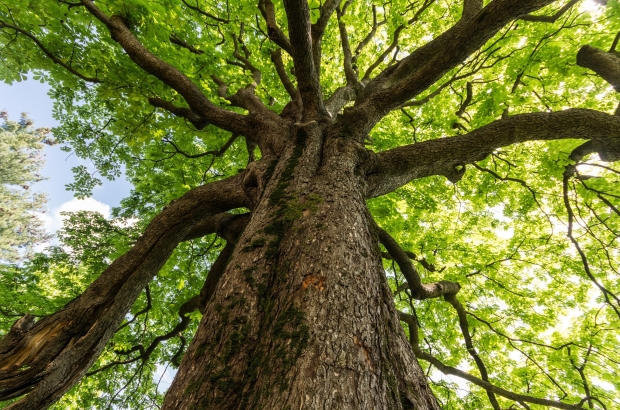- Daily & Weekly newsletters
- Buy & download The Bulletin
- Comment on our articles
Environmental group aims to create online inventory of all Brussels trees
The neighbourhood committee federation Inter-Environnement Bruxelles (IEB) is calling for the introduction of an official regional tree register in order to create a global picture of the state of trees in Brussels.
Such a tree register already exists in cities such as Paris, Berlin and Amsterdam.
The Brussels initiative comes from concerns about climate change. The EIB has created its own online tree inventory aimed to serve as “a collaborative, geolocated inventory of Brussels' tree heritage”.
“Drawing on public data and contributions from residents and associations, this geolocated inventory aims to represent the diversity of trees in public and private spaces in Brussels,” the website explains.
“To date, there is no official map showing the private or public tree heritage of the Brussels region.
"However, for the public domain, data does exist, even if it is produced by different administrations and is sometimes partial or not standardised: from the paper register to the computerised database published on the net. Taxonomies vary from one institution to another."
The inventory presented by IEB cross-references published public data and may also include a survey carried out by volunteers.
The idea is that people who consult it will be able to learn about the trees currently in their neighbourhood, get an overview of trees that have disappeared and even add trees they know about that are missing from the database.
An estimated 70 trees were felled in just the past week on the Avenue Léon Mahillon in Schaerbeek. This prompted indignation from residents, seeing as the trees were removed as part of a municipal action plan for greening public spaces.
The felled trees will be replaced by young, indigenous trees, but the commotion surrounding their removal is one of the reasons IEB sees the database as critical, explaining that they’re dealt questions about such actions.
“Who manages the trees in my street? Why is it decided to cut them down? It is not always easy to answer these questions,” IEB project manager Cataline Sénéchal told RTBF.
Tree management in Brussels is somewhat fragmented: the maintenance, protection and registration of trees in public spaces are the responsibility of the municipalities, Brussels Environment (in regional green spaces) or Brussels Mobility (for trees located on regional roads). Some notable trees are also managed by heritage.brussels.
IEB hopes that the creation of a regional inventory of trees will also provide more clarity and awareness about the shared responsibility and different approaches.
“Some local authorities prefer to manage trees according to their own interests, without considering regional rules – for example, what species to plant, where to plant and how to maintain the trees,” Sénéchal said.
Trees in urban spaces are an important tool in combating the urban heat island effect, in addition to a host of other benefits for both public health and the environment.
“If we have a complete overview of where trees are and how healthy they are, we can anticipate environmental policies,” said Sénéchal.
IEB is offering Brussels residents the chance to participate in the inventory of trees in public spaces via arbres.cartobru.be.


















